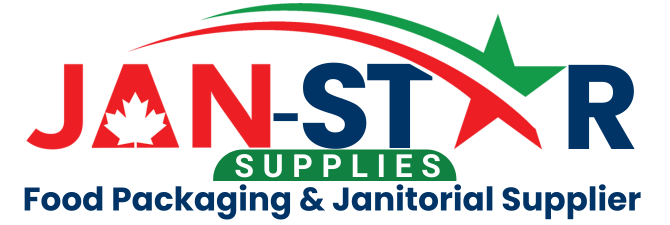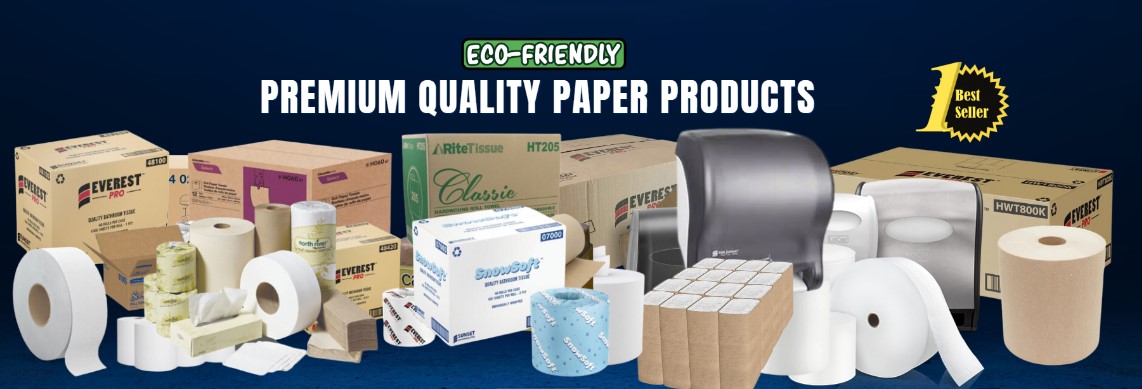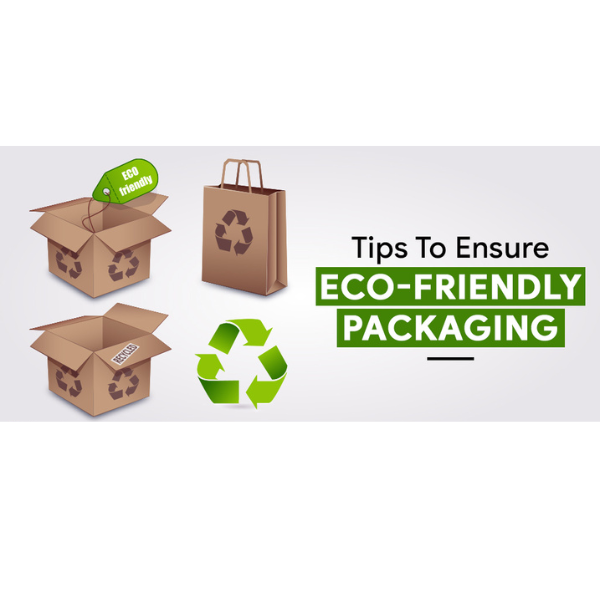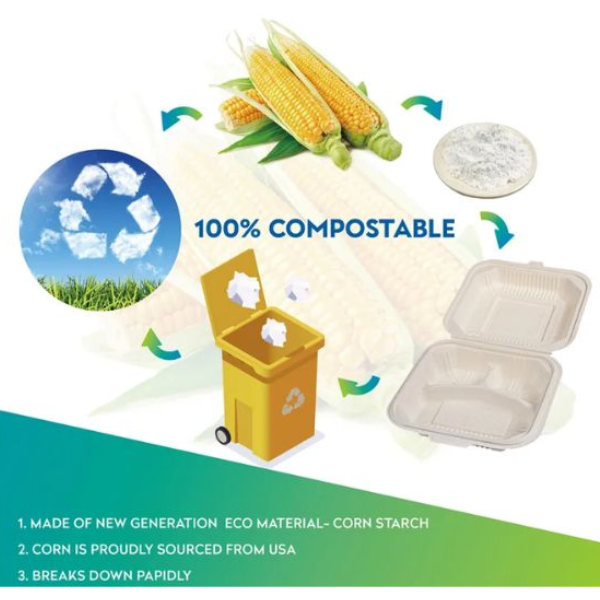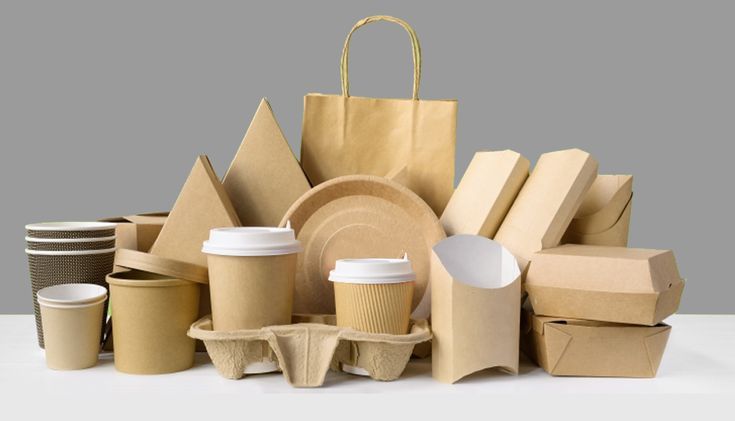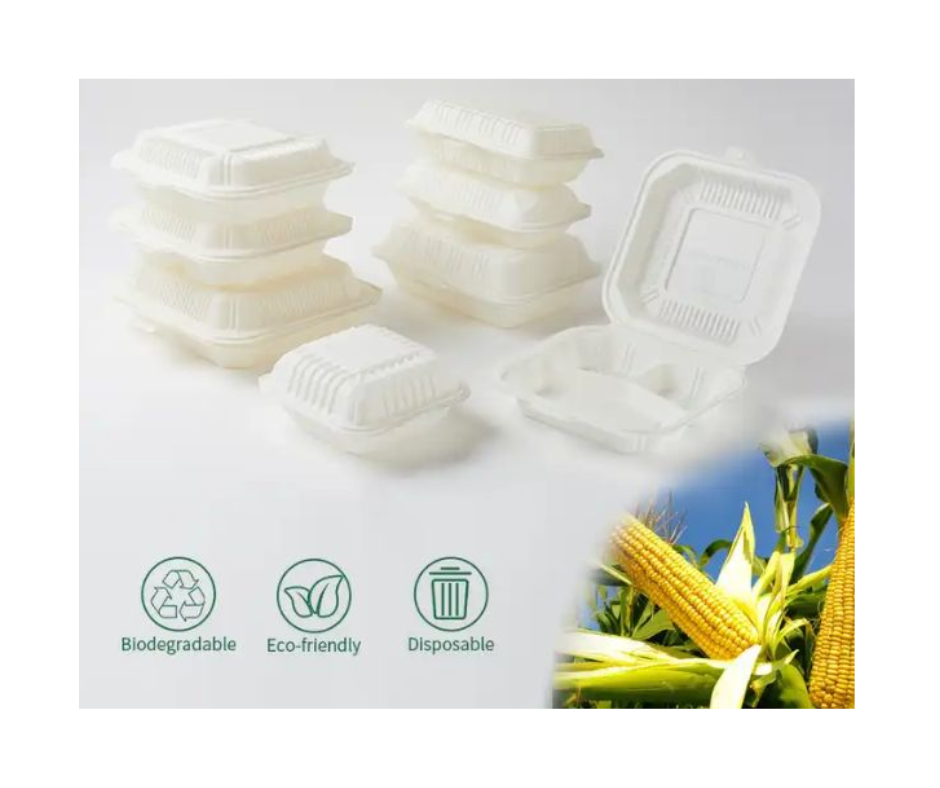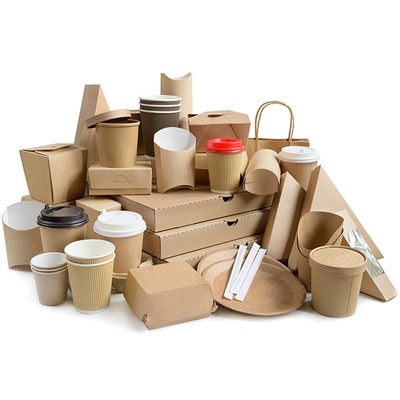Understanding Food Packaging Regulations in Ontario
The Regulatory Framework
Food packaging in Ontario is governed by a mix of federal and provincial regulations. The primary regulatory body is the Canadian Food Inspection Agency (CFIA), which oversees food safety standards across the country. In Ontario, businesses must also comply with provincial regulations set out by the Ministry of Health and Long-Term Care, as well as municipal bylaws that may affect packaging and waste disposal.
Key Regulations to Know:
- Food and Drugs Act: This federal act provides the legal framework for food safety and labeling requirements. It mandates that packaging must be safe, sanitary, and suitable for food contact.
- Consumer Packaging and Labeling Act: This act ensures that food packaging provides accurate and clear information to consumers, including ingredients, nutritional information, and expiry dates.
- Ontario Environmental Protection Act: This act focuses on waste management and recycling, affecting how businesses handle packaging materials post-consumption.
- Municipal Waste Regulations: Local regulations may require specific practices for waste sorting and recycling, impacting how packaging is disposed of or recycled.
Best Practices for Food Packaging Compliance
1. Choose Approved Materials
Selecting packaging materials that are approved for food contact is a fundamental requirement. Ensure that materials are compliant with both CFIA and provincial standards to avoid contamination and ensure safety. Opt for materials that are tested and certified for their suitability in food packaging.
2. Implement Accurate Labeling
Labeling is a critical component of compliance. Your labels must include all required information, such as:
- Product Name: Clearly state the product name.
- Ingredients List: Include a complete list of ingredients in descending order by weight.
- Nutritional Information: Provide accurate nutritional data as per regulatory guidelines.
- Expiry Date: Clearly mark the product’s expiry or best-before date.
- Allergen Information: Highlight any potential allergens present in the product.

3. Maintain Hygiene and Safety Standards
Packaging facilities must adhere to strict hygiene and safety standards to prevent contamination. Regular cleaning and sanitizing of equipment, proper storage of packaging materials, and employee training on hygiene practices are essential for compliance.
4. Adhere to Environmental Regulations
Complying with environmental regulations is not just about meeting legal requirements; it’s also about demonstrating corporate responsibility. Implementing sustainable practices, such as using recyclable or compostable materials and minimizing packaging waste, aligns with both provincial and federal guidelines.
5. Conduct Regular Audits
Regular audits of your packaging processes and materials help ensure ongoing compliance. Audits should assess labeling accuracy, material safety, and adherence to hygiene practices. Keeping detailed records of these audits can also be useful in case of regulatory inspections.
6. Stay Updated with Regulatory Changes
Food packaging regulations are subject to change, so staying informed about updates is crucial. Subscribe to industry newsletters, participate in relevant workshops, and maintain a good relationship with regulatory bodies to keep abreast of any changes in legislation.
Practical Steps for Ensuring Compliance
1. Partner with Regulatory Experts
Working with experts who specialize in food packaging regulations can provide valuable guidance. They can help navigate complex regulatory requirements, ensure that your packaging complies with all standards, and assist with any necessary certifications.

2. Invest in Compliance Training
Training your team on packaging compliance and regulatory requirements is essential. Ensure that all employees involved in packaging are aware of the standards and practices required for compliance.
3. Utilize Compliance Management Software
Invest in software solutions designed to manage compliance. These tools can track changes in regulations, manage labeling requirements, and ensure that all documentation is
up-to-date and accurate.
4. Engage with Industry Associations
Joining industry associations can provide access to resources, networking opportunities, and updates on regulatory changes. Associations often offer training, workshops, and support that can help businesses stay compliant.
Final Thoughts: Ensuring Your Packaging Meets Standards
Navigating the complexities of food packaging compliance in Ontario requires a thorough understanding of regulations, diligent adherence to best practices, and proactive management of packaging processes. By choosing approved materials, implementing accurate labeling, maintaining high hygiene standards, and staying informed about regulatory changes, you can ensure that your food packaging not only meets legal requirements but also supports your business’s commitment to safety and quality.
For businesses seeking to stay ahead in the competitive food industry, understanding and mastering packaging compliance is not just a legal obligation but a strategic advantage.
